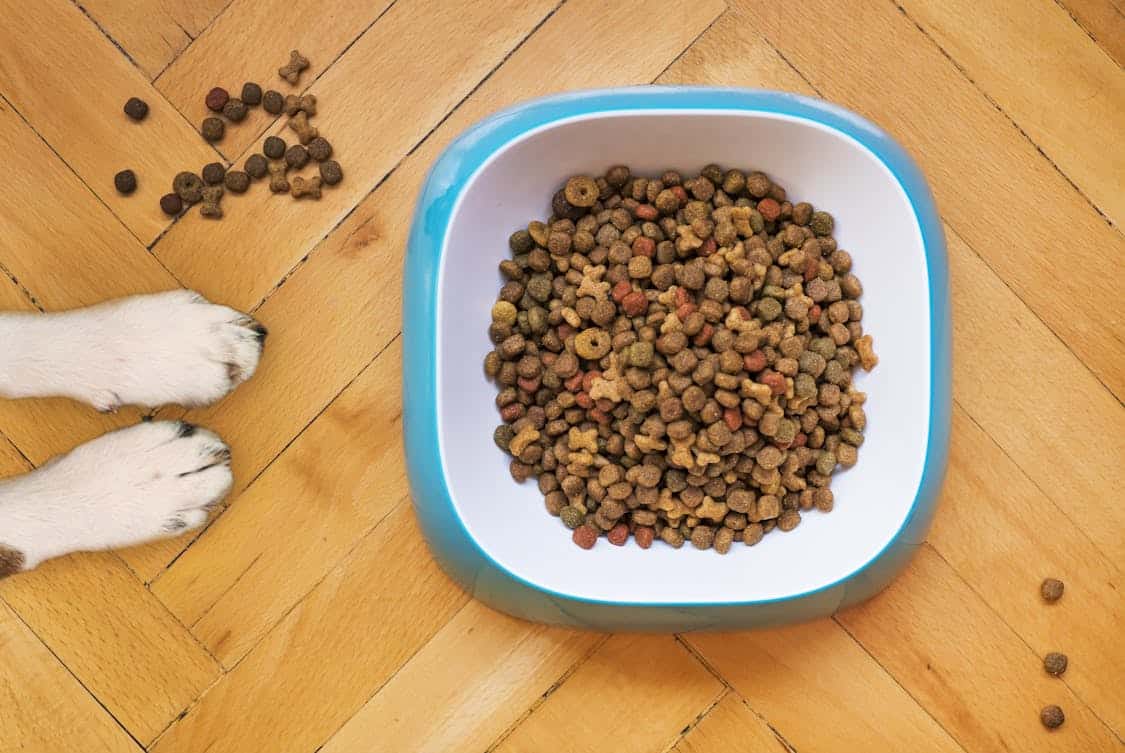Choosing the right food for a pet dog can feel like a maze, with labels, claims, and a flood of choices at every turn. A calm, stepwise approach helps sort signal from noise and keeps feeding times pleasant for both you and your dog.
Practical checks and a little bit of instinct often beat flashy promises; the proof is in the pudding when your buddy looks bright and moves well.
Know Your Dog’s Life Stage
Puppies, adults, and senior dogs have notably different nutrient needs that influence calorie, protein, and mineral targets. A puppy needs richer energy and higher protein to fuel growth, while a senior often benefits from fewer calories and joint-supporting nutrients.
Life-stage formulas on packs are there for a reason, but individual variation calls for close attention to body shape and energy. If growth is too fast or weight drifts upward, adjust portions or switch to a formula with lower energy density.
Assess Breed And Size Needs
Toy, small, medium, and large breeds often suit foods with different kibble sizes and nutrient balances that match typical activity and metabolism. Big-breed puppies require moderated calcium and phosphorus to avoid overly rapid bone growth that can stress joints later on.
Small dogs may do better with denser calories and smaller bits that are easy to pick up and chew. Breed-specific tendencies, like a husky’s appetite or a bulldog’s respiratory quirks, should guide choices alongside general rules.
Read The Ingredient List Closely
Ingredients are listed in order by weight, so the first few items tell you what makes up most of the product before dehydration. Look for a named animal protein near the top, such as chicken, beef, or salmon, since dogs are built to use meat-based amino acids efficiently.
Whole-food items and minimal filler give a clearer picture, while vague terms should raise a flag and prompt a label comparison. Keep an eye out for long unfamiliar additives and prioritize clarity over marketing language.
Balance Protein And Fat Ratios
Protein supplies the building blocks for muscles, enzymes, and healthy skin, while fat supplies dense energy and fats that help coat and nerve health. Active dogs and growing youngsters typically need higher protein and fat levels, whereas low-energy seniors can thrive on milder energy levels and moderate protein.
A formula that clearly lists crude protein and crude fat percentages helps you match intake to activity and condition. If a dog suddenly loses coat luster or puts on weight, those two numbers are often a good place to start a swap or tweak.
Watch Carbs, Fiber, And Digestibility
Carbohydrates provide energy but differ in how readily the dog can extract that energy based on ingredient type and cooking method. Digestible carbs like cooked rice and certain grains can be fine for many dogs, while others flourish on grain-free blends that use potatoes or legumes; test and observe to learn which suits your dog best.
Fiber helps intestinal transit and stool quality, with soluble fibers aiding gut microbes and insoluble fibers bulking up output. If stools change in consistency or frequency after a diet shift, digestibility and fiber balance are likely culprits.
Plan Portion Sizes And Feeding Rhythm

Portions are a starting point on a label, but you should adjust by watching body condition score and energy, not the clock alone. Feeding smaller, frequent meals helps some dogs manage blood sugar and reduces gulping that leads to bloat in susceptible deep-chested breeds.
Free-choice feeding suits a few calm dogs but can lead to excess weight with an eager eater, so a measured routine often keeps shape steady.
For dogs with a taste for gentle, homemade snacks, incorporating simple, vet-approved recipes can make treat time both healthy and satisfying. Treats add calories quickly, so factor them into daily totals to avoid creeping weight gain.
Spot Food Allergies And Sensitivities
Some dogs show skin irritation, chronic ear issues, or loose stools when reacting to a specific ingredient, and patterns across time help reveal suspects. An elimination approach — swapping to a novel protein and single starch — sharpens the signal and can take several weeks to show steady improvement.
If signs clear, reintroducing the prior item under control can confirm the trigger without guessing. When symptoms are severe or persistent, a veterinarian can offer tests or a medicated trial to speed diagnosis.
Account For Medical Conditions
Dogs with kidney, liver, pancreas, or cardiac issues often need diets that reduce certain nutrients or shift mineral balance to ease organ work. Prescription diets formulated for those conditions are balanced to meet needs while reducing harmful loads and must be used under veterinary direction.
Even without a formal diagnosis, subtle signs like increased thirst or changes in energy deserve a nutrient check and possibly targeted formulas. Keep records of food, treats, and supplements so any link to symptoms becomes easier to spot.
Choose Between Wet And Dry Food
Dry kibble tends to be convenient, shelf-stable, and helpful for dental abrasion, while canned food offers higher moisture and can be more palatable for picky eaters. Mixing styles can blend benefits: wet food boosts hydration and aroma, while dry bits provide crunch and ease of storage.
Single-texture feeding works fine if the food meets nutrient needs, but variety in texture often keeps mealtimes interesting for sensible eaters. If dental disease is present, seek professional advice on cleaning and texture choice rather than assuming kibble will solve the problem.
Switch Foods Gradually And Safely
Abrupt swaps can upset digestion, so taper new food into the current menu over a span of days with rising proportions of the new item. A typical approach starts with a small portion of new mixed into the old, then progressively increases that share until the swap is complete; the timeline should bend to each dog’s tolerance.
Watch stool form and appetite along the way; if trouble flares, pause and slow the transition or consult a vet. Patience in switching reduces stress and often keeps both ears and tummy in better shape.





